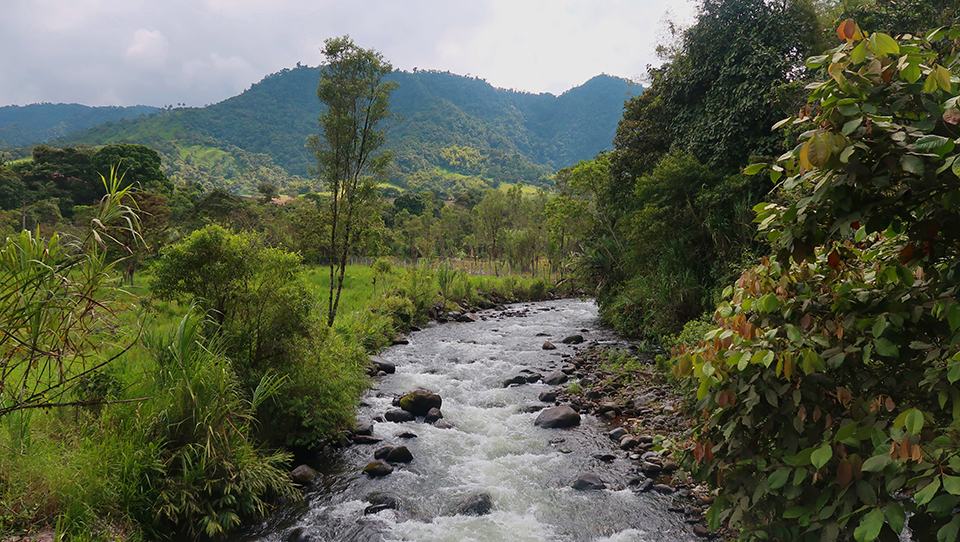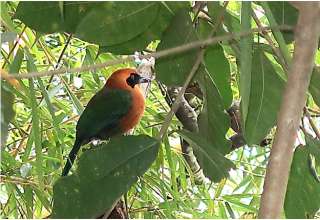“You’ll come for the birds, you’ll stay for the people.”
Dozens of millions of years ago (mas o menos), at the bottom of the western Pacific Ocean, the Nazca plate insinuated itself under the South American continent and began to drift east at the rate of 80 millimeters a year. The continent began to buckle upwards, in the same way a yogi’s mat buckles up when the yogi pulls hands toward feet during her downward dog.
Over eons, all that buckling produced the Andes Cordilleras, the world’s longest continental mountain range. It spans much of South America, from Venezuela to Argentina.
I live on the northern end of the Andes, in a tiny pueblo called Mindo, one of the world’s hotspots for endemic biodiversity. That is, much of the animal and plant life surrounding me evolved here and cannot be found anywhere else. Mindo is completely surrounded by cloud forests. Over time, when warm water vapor from the Pacific hit up against the cool Andes mountains, clouds formed. Mindo became a perfect spot for epiphytes-plants like moss, fern, orchids, and bromeliad that have evolved the ability to pull moisture out of the atmosphere.
Orchids grow wild on the trees that line the road leading up to the cascades in the mountains. As one walks up this road, one is invariably startled by blurred flashes of orange, blue, yellow, and red feathers. Based on my study, there are more than 300 species of birds in Mindo’s forests, an area about one third the size of Washington, DC.
Despite its small size, Mindo is host to an eclectic group of individuals. People from all over the world live here, including those who migrated from Colombia, Venezuela, Peru, Germany, Canada, the U.S., Poland, and France.
Without a doubt, most people from North America and Europe visit Mindo because they read that it is one of the world’s top sites of biodiversity for bird species.
This includes a wide variety of hummingbirds and a species of Andean cock-in-the-rocks found only in Mindo.
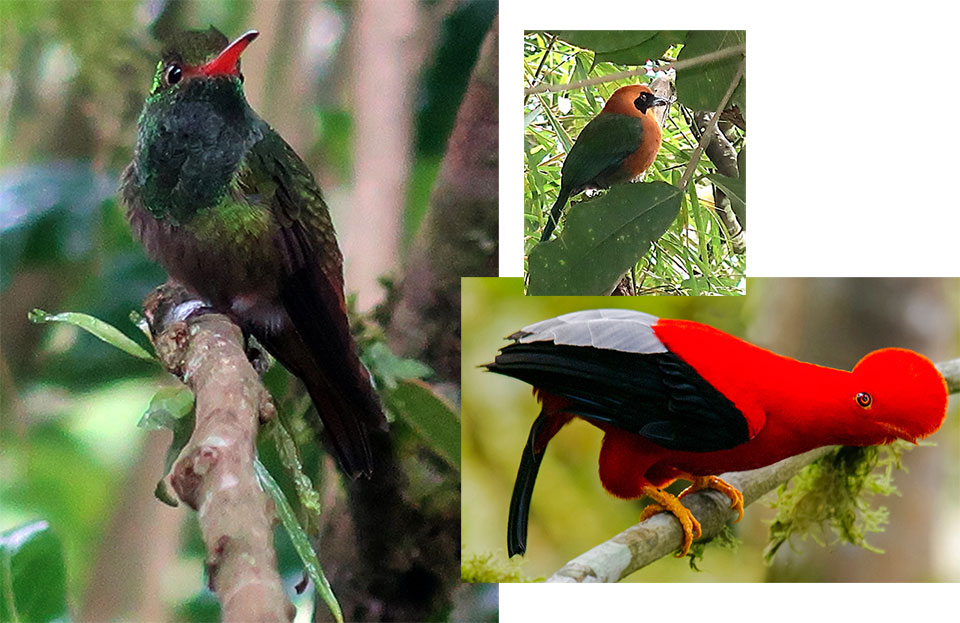
The central role that ecotourism plays in Mindo can be observed in the pueblo’s central plaza. In the plaza, you can see the stone statue of a hummingbird. Sitting on one of the benches, you can look around and see the famed cloud forests of Mindo in the mountains around you.
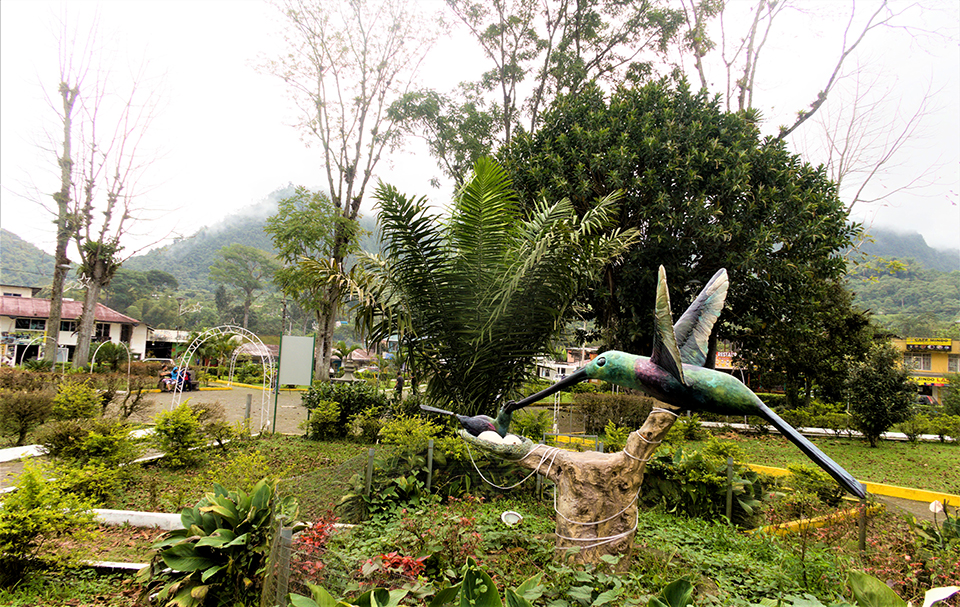
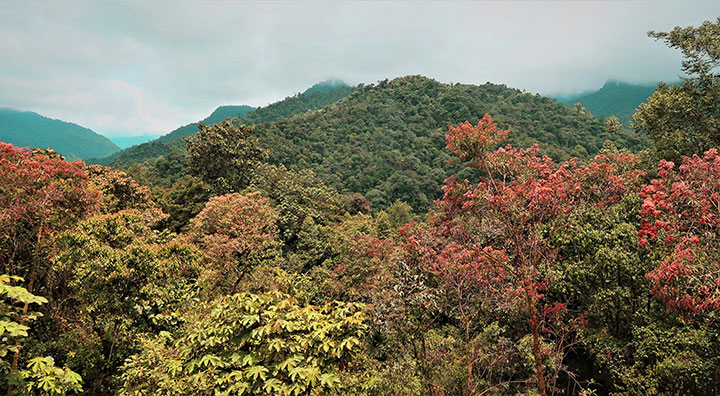
If, after sitting a while in the plaza, you begin to crave some of the local food, there is no shortage of food choices around you.
For example, Gladys will happily serve you a delicious mix of grilled chorizo (sausage), chicken, pork, and octopus.
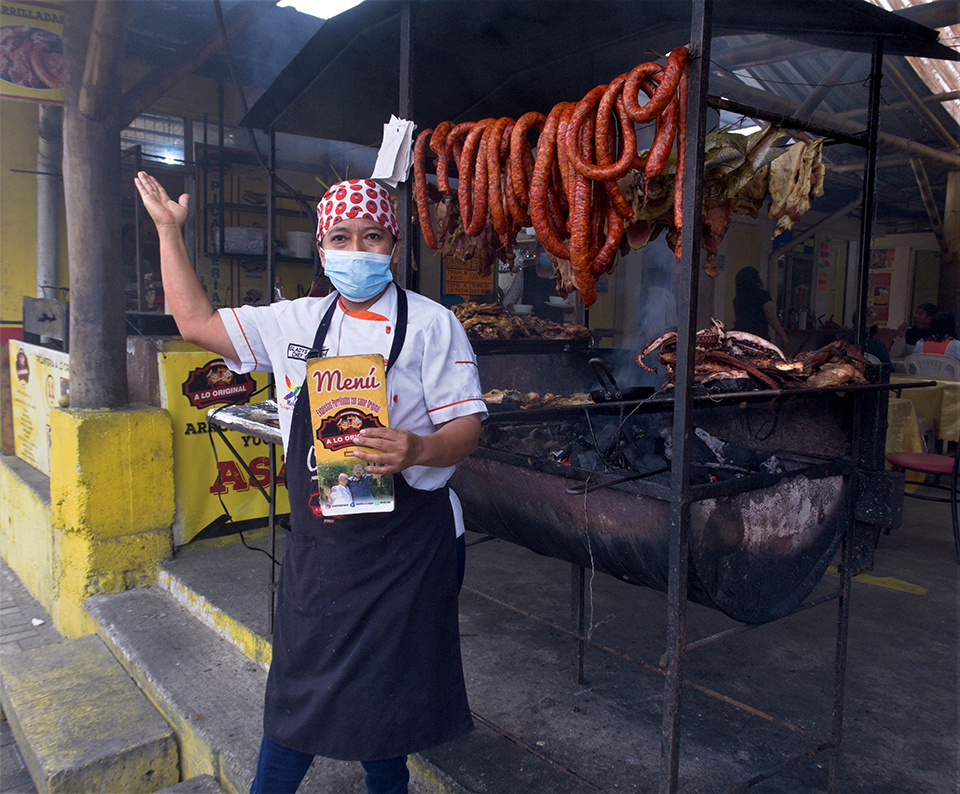
Or perhaps, you would prefer pizza prepared in a brick oven? Antonio can help you out.
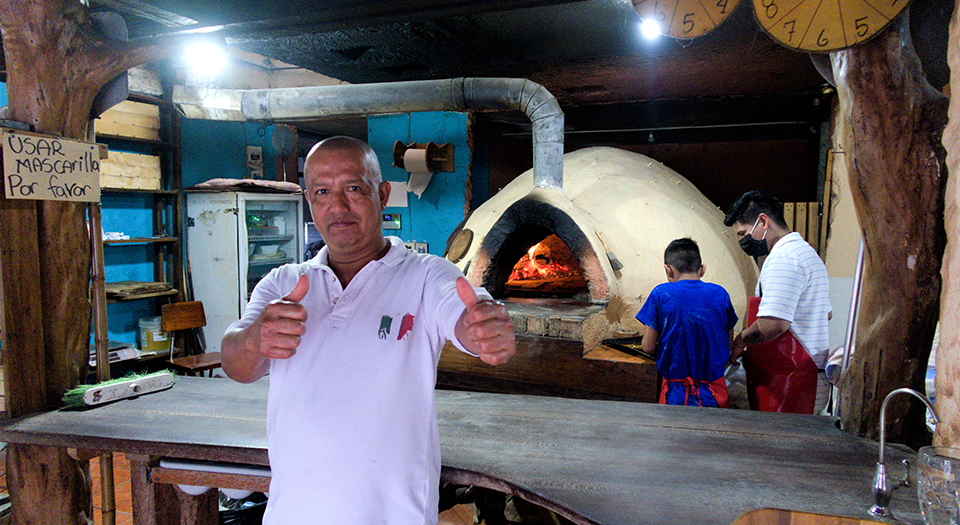
Maybe your tastes run toward vegetarian or vegan? In that case, swing by Mechi’s place. Mechi serves these dishes using quinoa and other local vegetables, cooked in the style of her native coastal village. You’ll find her family helping her out.
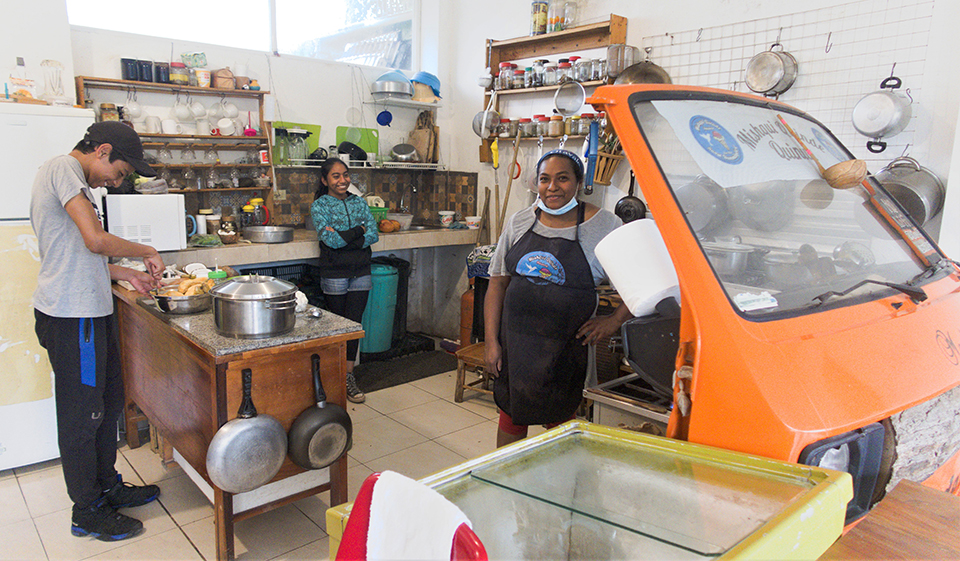
After lunch, you’ll probably want some desert. Flor’s yogurt ice-cream place is just across from the plaza. Many tourists and digital nomads come here to have ice cream, drink coffee, or down some artisanal beer while they engage in people watching.
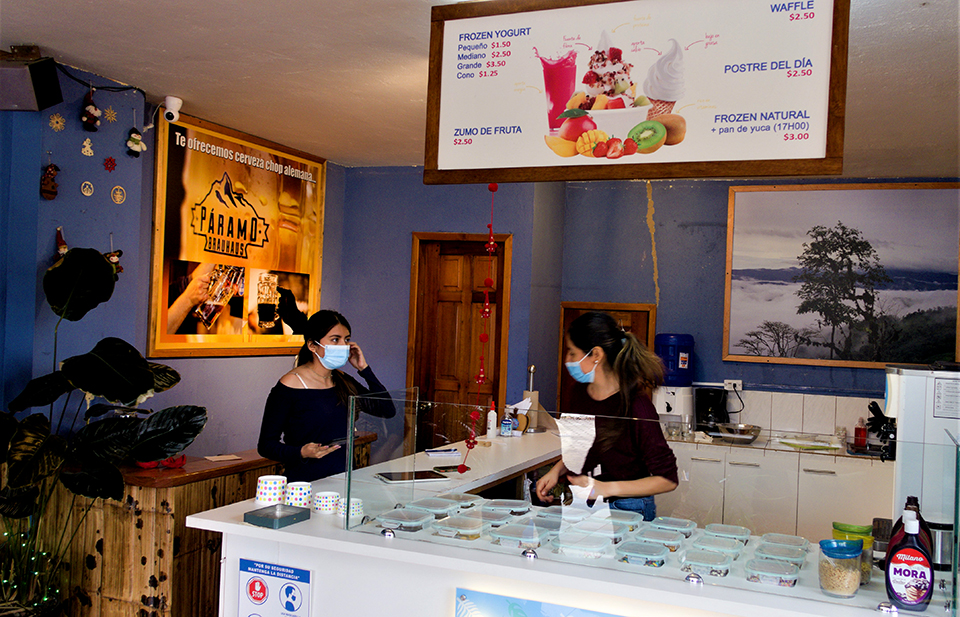
You may now feel like walking off some of those calories. Along Mindo’s streets, you’ll find artists from all of South America-from Colombia, Venezuela, Peru-showing off the art that they’ve made.
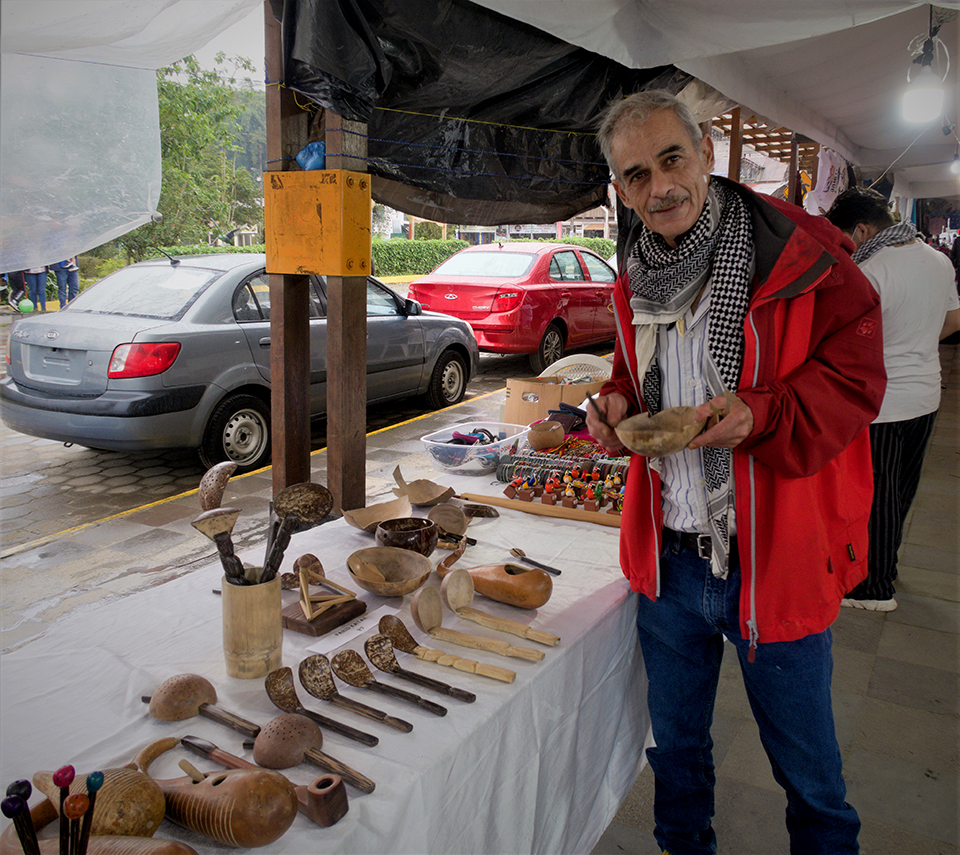
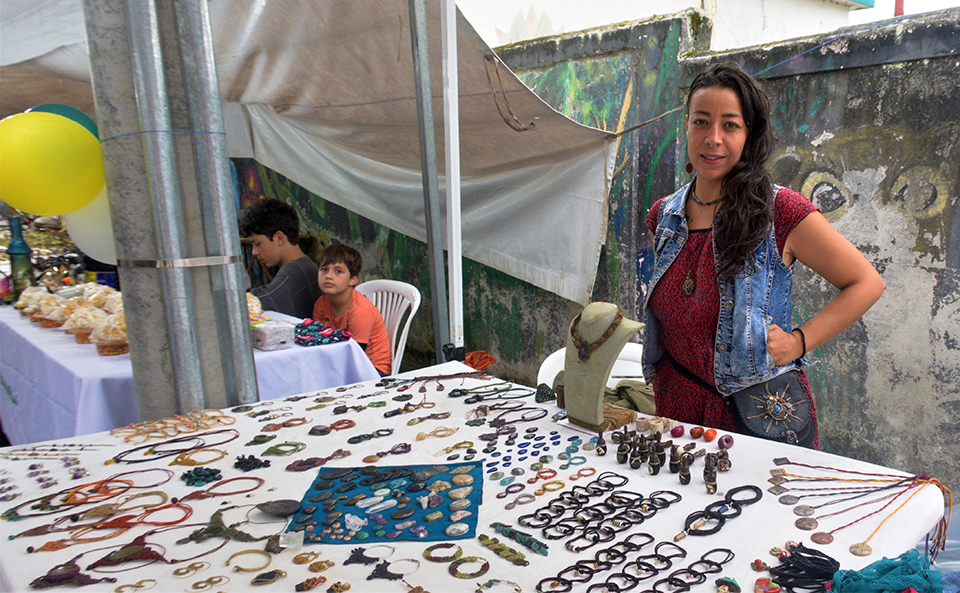
If you decide to stay a while, you’ll soon discover the charming community and landscape that have prompted people from all over the world to make Mindo a place they call “home.”
On weekends, you’ll see indigenous farmers from around the town who drive in to Mindo to sell their produce.
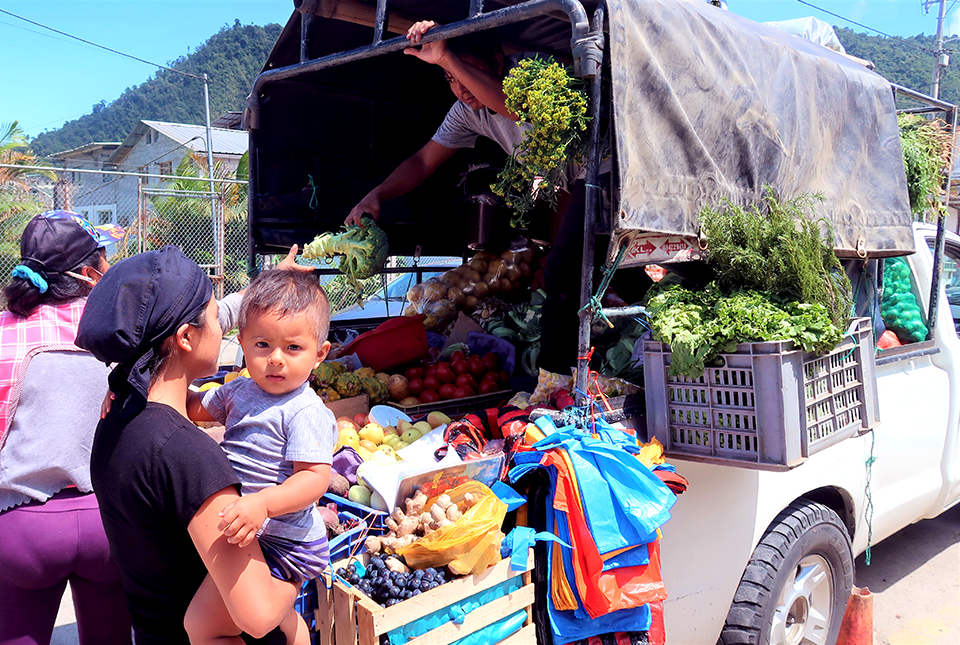
You’ll meet people like the two sisters who left their home in Venezuela and who have carved out a new life in Mindo selling arepas, cornmeal cakes filled with beans, avocado, spices, and optionally, meat. Their small restaurant is beside a river lined with flowers and fruit trees; as you wait for your meal, you can keep your camera ready for the birds that hover by.
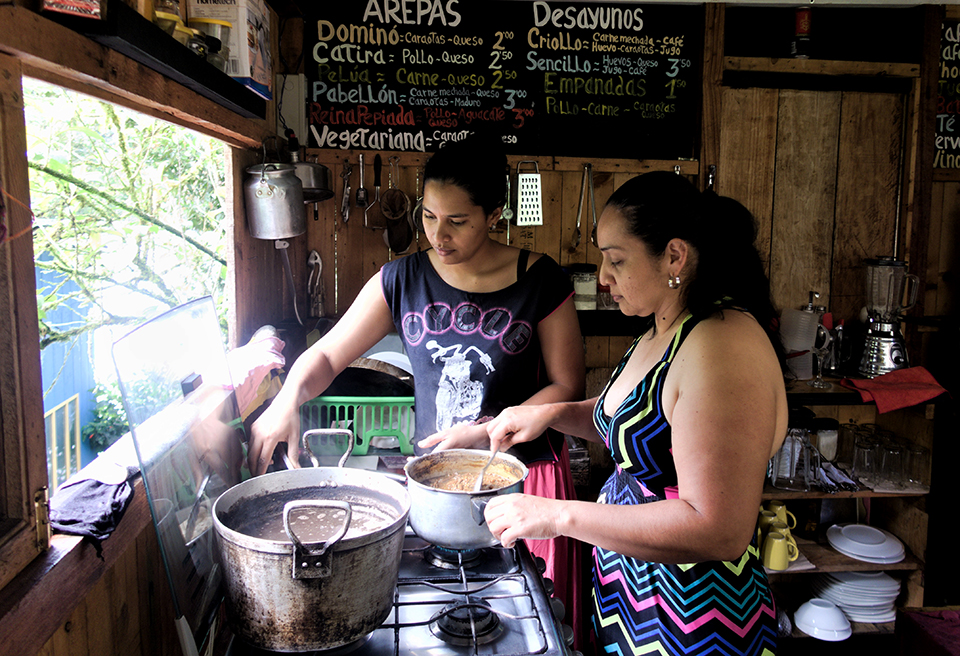
Mindo’s beauty has attracted an international community, including Edyta, an artist who has lived and worked in Europe, the United States, and all over South America.
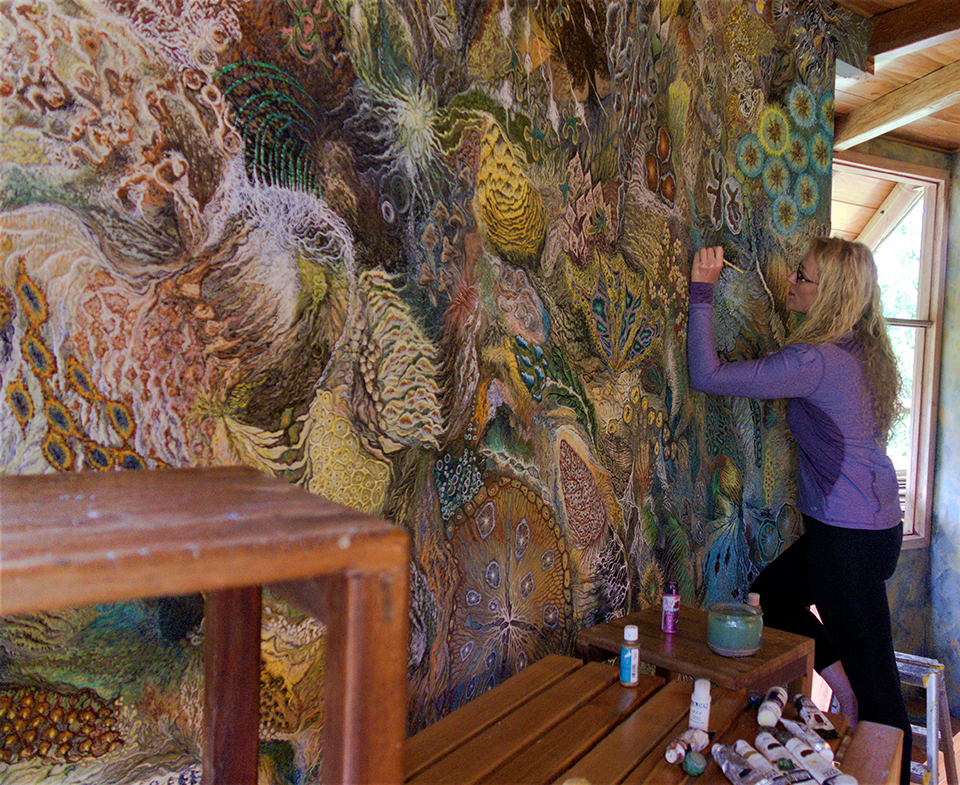
If you choose to visit Mindo, you’ll find a place that abounds with nature, art, music, and a feeling of community.
